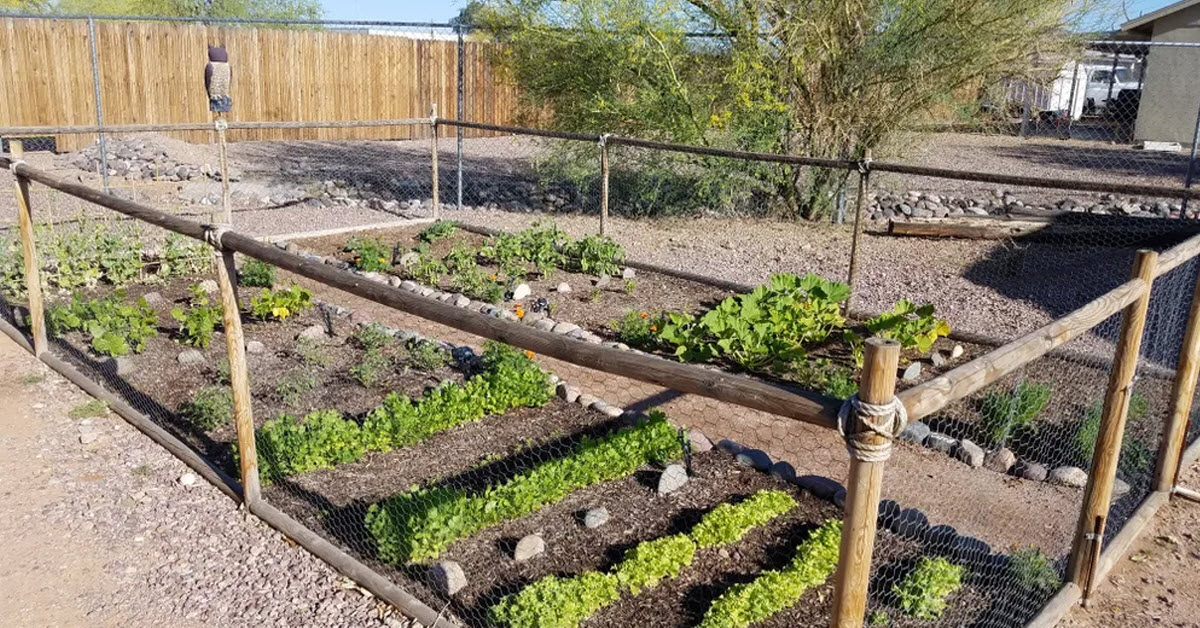There are many factors to consider when you are planning for the survival of your family. Disaster may strike at any given time and in today’s world, it is not only natural disasters but we have to worry about terrorism as well as unexpected events, some of which are beyond the control of any human. That is why having enough food and water on hand is imperative if you expect to survive such difficulties.
Aside from having a survival pantry, which is necessary to keep your family well fed and safe, it is also a good idea to have ready access to fresh food that will keep you nourished during difficult times. This often comes in the form of a survival garden and it might be easier to get one started that what you have ever considered. In fact, if you really consider only 3 things, you can get your garden going and be prepared with fresh food in the event of an emergency.

One important factor to consider is the location of the garden. It needs to be in an area that receives enough sunlight and has access to water for irrigation. Most people tend to keep the garden as close to their home as possible and in some cases, they may even start an indoor garden. This is important for a number of reasons.
Having the garden close to your home will allow you to care for it conveniently when you’re first getting it started and as it continues to grow. It may also be necessary to protect your food source in the event of a serious emergency. People may be fine for a few days but when they start to get hungry, your garden will become an easy target.

Try to plant a variety of foods in your garden, but don’t do so haphazardly. It is important to plan your garden according to the different vegetables and tubers that will keep your family nourished and safe. Some foods are going to be better suited for a survival garden, such as potatoes, but don’t ignore some of the different vegetables that your family loves. It has the benefit of keeping you nourished now and keeping your family happy in the event of an emergency.
Finally, you need to plan according to the area where you live. In some parts of the world, it is possible to grow a garden year-round, although you may need to rotate the type of vegetables that are growing. In other areas, you may only be able to grow a garden a few months out of the year and at that point, you would have to consider growing your garden indoors during the colder months.
A survival garden does take some work, both during the planning stage and while you are actually growing the food. What you have one in place, however, you will find that it is benefiting you know and it will be there for you if disaster strikes.
